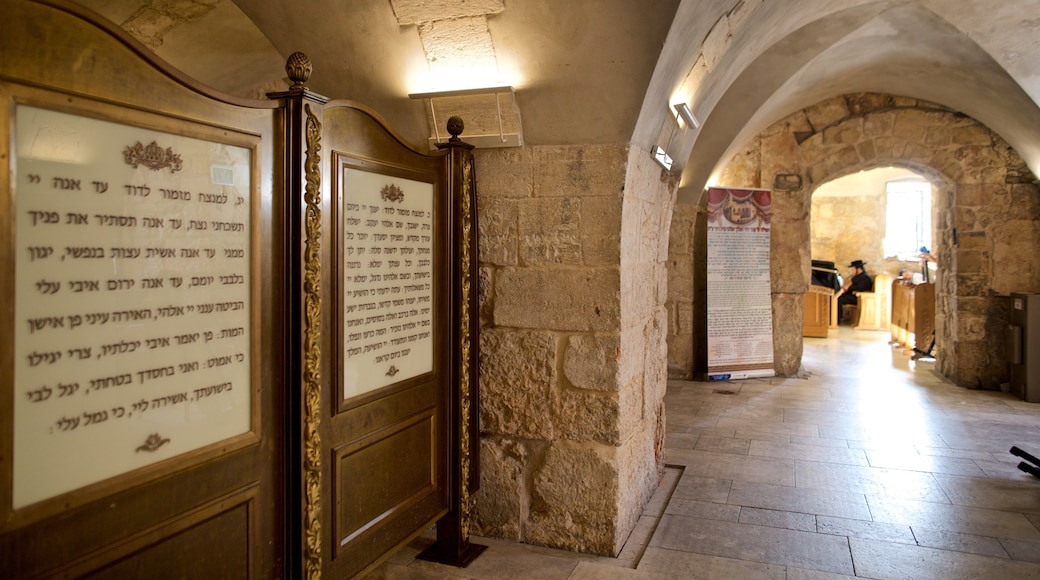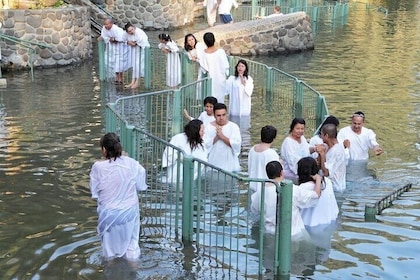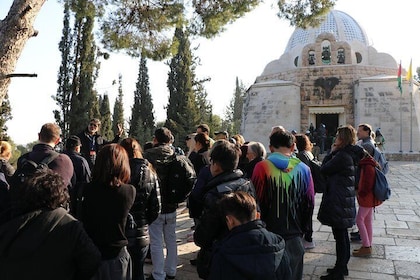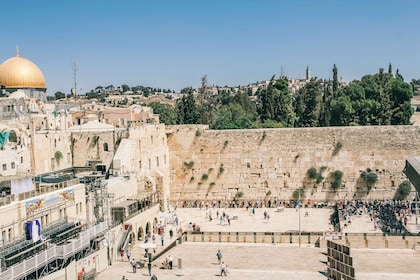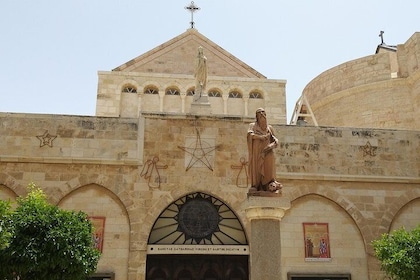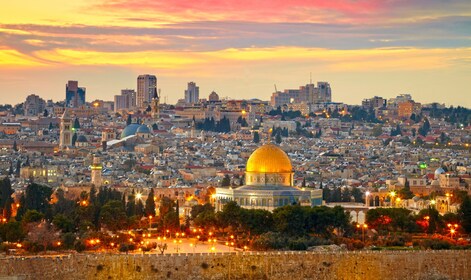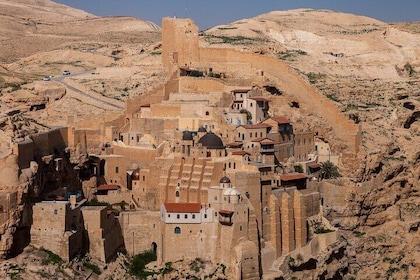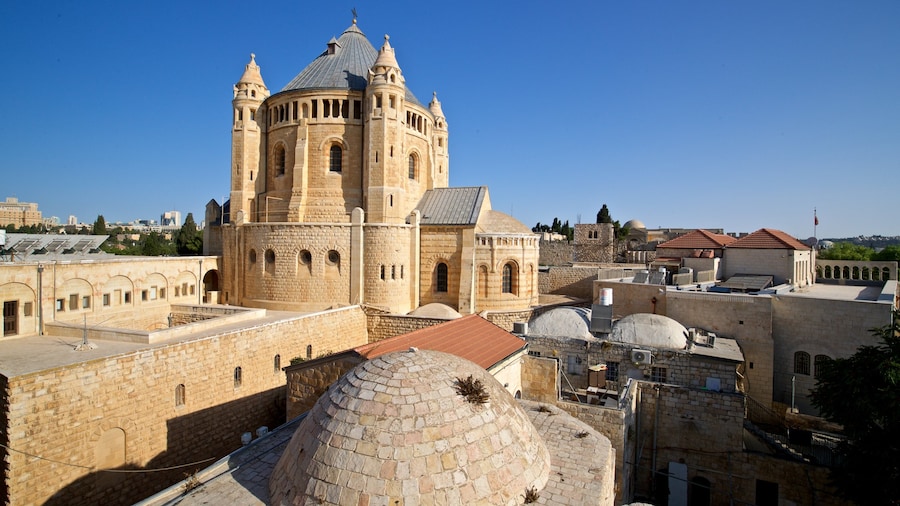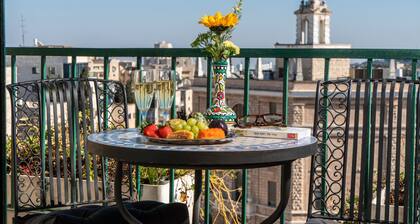King David’s Tomb is one of the most important sacred sites in Jerusalem. Make the trip, regardless of your faith, to experience its air of religious significance. It sits on Mount Zion, a hill to the south of the Old City.
Arrive at the tomb complex and you’ll find yourself surrounded by pilgrims from all three major Abrahamic religions: Judaism, Christianity and Islam. In the Hebrew Bible and the Old Testament, David is portrayed as a brilliant musician and brave warrior, who defeated the giant Goliath in battle. Tradition holds that David went on to become King of Israel, and many events in his narrative are held to foretell those of the life of Jesus. Islamic tradition considers David to be a major prophet.
Enter the tomb itself and you’ll find a modest ground-floor room containing a sarcophagus set into an alcove. The sarcophagus is covered with a beautifully embroidered cloth showing musical instruments and other items associated with David’s life.
Continue through the complex and up the stairs to the second floor, and the room directly above the tomb. This is known as the Cenacle, and has special importance to Christians as the setting for several significant events. Most famously, it is said to be here that Jesus washed the feet of his disciples and ate the Last Supper with them.
Wander through the tomb’s low, stone corridors, and it’s impossible not to feel the weight of centuries of history. However, the Hebrew Bible and Old Testament cite David’s actual resting place as being in the City of David, several miles to the east, and archaeologists and historians tend to agree. Regardless, the literal history of the tomb is less important than what it represents symbolically to the visiting pilgrims.
King David’s Tomb and the Cenacle are free to enter and open from Sunday to Friday. Catch the bus to the nearest stop at Har Tsiyon/Ma'ale HaShalom. There is a metered parking lot near the entrance.
